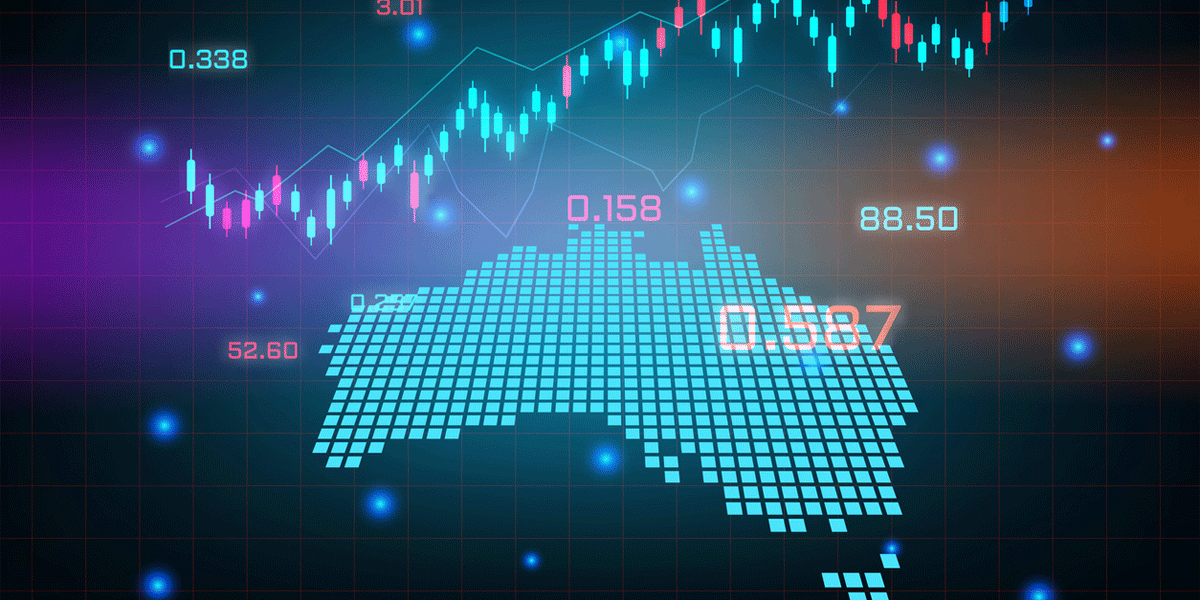Download the PDF
 Image source: Unsplash
Image source: UnsplashSeptember quarter produces another weak GDP print
This week saw the ABS release the national accounts data for Australia and it didn't make for easy reading. Real GDP grew by only 0.3% over the September quarter and backward revisions meant that annual growth was a meagre 0.8%. The economy has been recording weak growth for nearly two years now, as the effects of elevated inflation and subsequent cash rate hikes from the RBA have played out.
Expectations had been for the economy to begin to recover in the second half of 2024. While this was technically true, with quarterly growth slightly higher than the June quarter outturn, it was softer than our expectations of 0.4% and the median Bloomberg expectation of around 0.5%. This saw markets move to increase the odds of a February cut by the RBA to just over 50% following the data release.
The weakness in growth was concentrated in the private sector of the economy across consumers and businesses. Household consumption recorded no growth over the September quarter after falling by 0.3% in the June quarter. However, on a brighter note, the reported weakness in consumer spending is more a statistical quirk than a reality. The electricity subsidies that began in July caused a nearly 17% fall in the reported spending by households on utilities. But this simply reflected an accounting measure that reallocated the spending from households to the government. Nonetheless, even accounting for this, household consumption growth was relatively muted at 0.3% over the quarter.
Private sector investment was also subdued over the quarter, edging up by 0.1%. Private business investment fell by 0.6%, with declines in non-residential construction being only partially offset by growth in equipment, plant & machinery spending. The ABS’ forward-looking capex survey suggests that business investment will likely continue to contribute only minimally to growth over coming quarters, consistent with a deterioration in profitability in both mining and non-mining sectors.
One area showing tentative signs of improvement is residential construction. After being a drag on growth for two years, dwelling investment has recorded modest growth over the past three quarters. Construction cost inflation has been stabilising, as material and labour shortages have eased, allowing construction companies to reduce the backlog of housing to be built. Given the level of residential construction is still well below the peaks seen in 2021, dwelling approvals are on the rise and the current state of undersupply in the housing market, residential construction is likely to continue to grow over the coming years.
As we wrote a few months ago, the public sector is currently doing the heavy lifting to keep growth in positive territory. In aggregate, the public sector added 0.7 percentage points to growth over the quarter. Government consumption rose by 1.4%, boosted by spending on subsidies for households, primarily from state government spending.
Meanwhile, government investment was up 6.3% over the same period, although much of this was due to a jump in defence spending that is unlikely to be repeated. The remainder of the increase was attributed to spending on road and renewable energy infrastructure, sectors which should provide more enduring support to the economy going forward.
Ongoing increases in public consumption cannot sustainably be the main source of growth going forward. This is especially true when many government budgets will need repair over coming years to ensure the trajectory of debt continues to satisfy ratings agencies.
This means the private sector needs to step out of its current malaise if economic growth is to improve. Our expectation is that private sector growth will pick up slowly over the coming year. But what exactly will kick the economy into gear?
Much of the improvement relies on consumers, with household consumption making up around half of GDP. We expect households will become more confident in spending as inflation moves toward target, the RBA cuts the cash rate next year and real disposable incomes continue to recover. Similar factors will also benefit businesses and eventually encourage a renewal in investment intentions.
However, economic recovery will take time and this quarter's soft growth outturn is emblematic of how gradual, and at times uneven, it will be.
